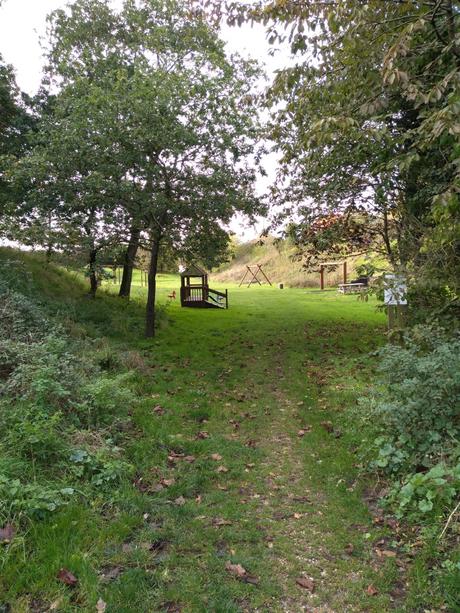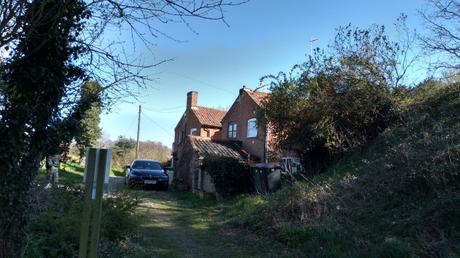The twin villages of Loddon and Chedgrave have ancient roots. Both are listed in the Domesday Book of 1086, that great asset register commissioned by that great asset stripper, William the Conqueror. Bill the Bastard wanted to know how much tax he could squeeze out of his newly acquired kingdom.
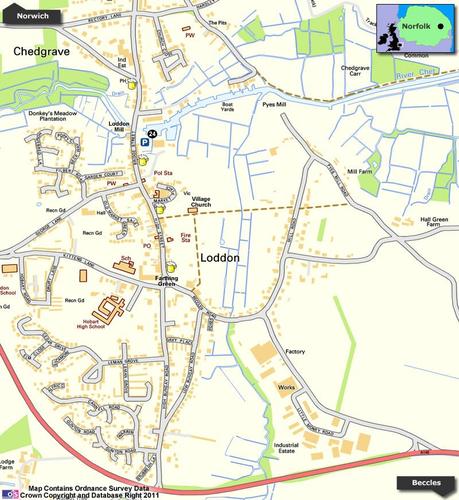 Image courtesy of Tour Norfolk
Image courtesy of Tour Norfolk
The earliest written mention of Loddon (Lodne or ‘muddy river’ in old Celtic) was before the Norman conquest, in the will of Ælfric Modercope written around 1042. Ælfric was a wealthy Anglo-Danish theyn (high-ranking retainer), a favorite of Emma of Normandy, consort to Cnut the Great, king of England, Denmark and Norway (and quite a few Swedes too). That would also be the legendary King Canute who tried to order back the tide. Sadly, that’s just a tall tale. Yes, I have spelt ‘Cnut’ correctly.
It’s not known just how intimate Alfie was with the serial Queen (she was the widow of Cnut’s predecessor) but he was one of the richest theyns in all East Anglia and by far the biggest landowner in old Lodne. Not that I’m one to gossip. A thousand years later, Alfie lives on with his rather butch bronze effigy standing on top of the village sign on Farthing Green.
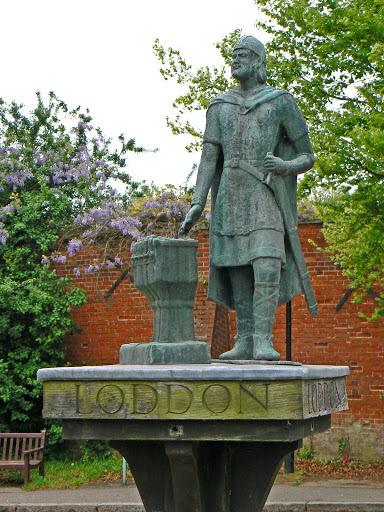
Chedgrave’s sign features three different spellings of the village name – Chedgrave, as now, Scatagrava, the old Danish name and Chattegrava, the Latinised version used in Domesday.
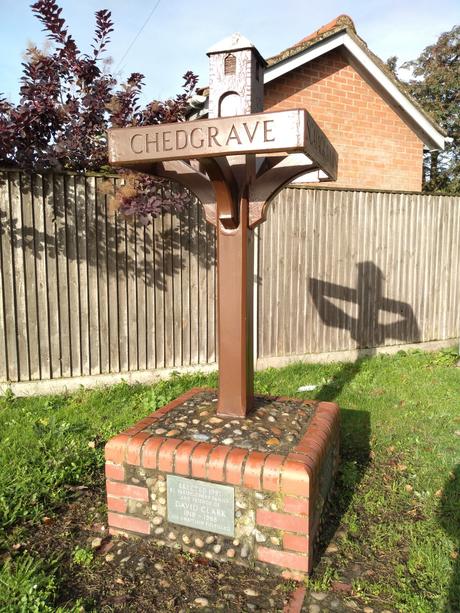
The name is thought to derive from some Anglian bloke called ‘Cheatta’ plus either ‘Grove’ or ‘Pit’ (depending on the original pronunciation). I prefer ‘Cheatta’s Pit’. Sounds a bit more dark ages and vaguely pagan. I have fanciful notions of Cheatta and his kin dancing naked round a fire pit to celebrate the summer solstice. And the fact we live on Pits Lane next to a recreational space called ‘the Pits’ adds a little spice to the fantasy.
